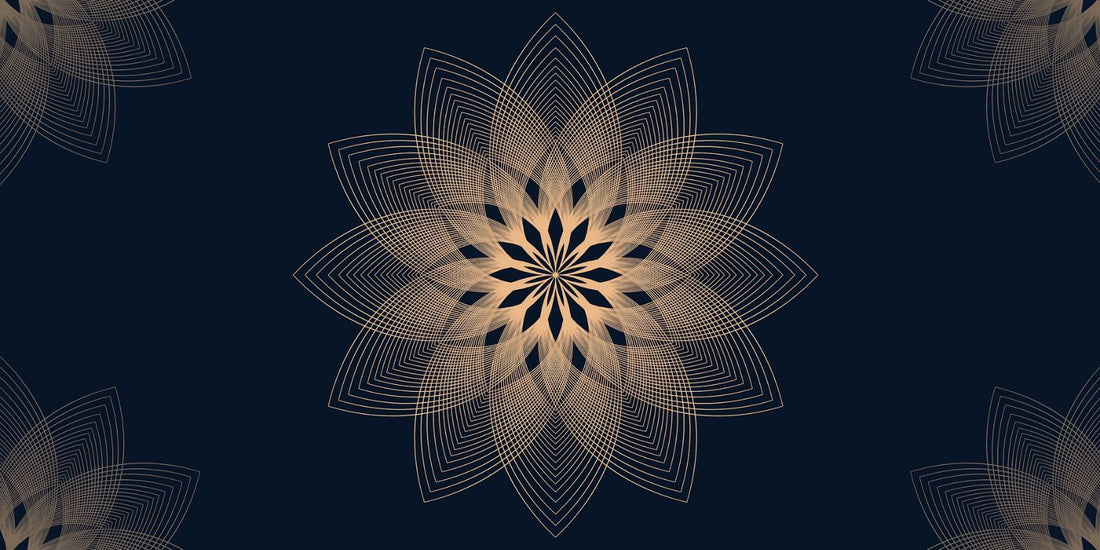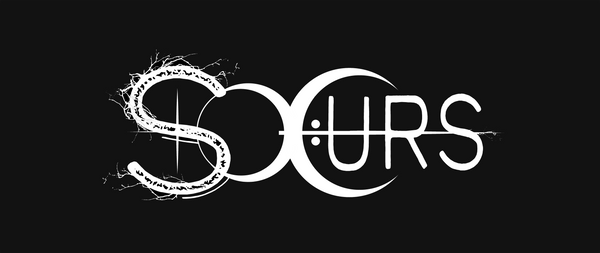
Mandalas: Soothing Designs and Their Transformative Power
Mandalas, circular patterns often decorated with geometric shapes and spiritual symbols, are a powerful tool for healing , meditation, and spiritual exploration. Their use dates back thousands of years and spans cultures around the world. Today, they appeal to meditation enthusiasts and holistic science practitioners alike, thanks to their calming effects and ability to harmonize the mind .
Sommaire
- What is a mandala?
- The benefits of mandalas on mental health
- How to use a mandala in your daily practice?
- Mandalas in different spiritual traditions
- Mandalas as a tool for personal development
In this article, we will delve into the fascinating world of mandalas, exploring their origins, their benefits and how they fit perfectly into our modern lives to promote well-being.
What is a mandala?
The term mandala comes from Sanskrit and means "circle" or "center". In many spiritual and religious traditions, it represents the universe, the connection between man and the cosmos. Mandalas can take many different forms, but they always respect a fundamental principle: symmetry around a central point. This concentric organization often symbolizes the quest for self, inner unity, and a journey towards wisdom and harmony.
Mandalas are found in many cultures, including Buddhism, Hinduism, and Native American traditions. For example, Tibetan monks create ephemeral mandalas in colored sand to symbolize the impermanence of life, a powerful exercise in meditation and letting go.
The benefits of mandalas on mental health
Mandalas are not just works of art. They are renowned for their ability to soothe the mind and improve mental well-being. Here are some major benefits associated with their regular use:
- Stress Reduction : By focusing on geometric shapes and coloring a mandala, we activate the parts of the brain responsible for relaxation. This creates a state of mindfulness , similar to meditation, which helps to release tension. ( The benefits of the mandala – Éditions du Matin )
- Improved Concentration : Creating or contemplating mandalas helps to boost concentration . Every detail, every symmetry requires careful attention, which helps train the mind to focus.
- Promotes emotional healing : Mandalas are used in art therapy to express deep, nonverbal emotions. They facilitate self-exploration and release repressed feelings and promote emotional balance . ( Benefits of Mandalas in Art Therapy )
- Meditation Encouragement : Mandalas, often used as a meditation aid, help to focus and refocus. Looking at a mandala can help you reach a meditative state more quickly, especially when you are new to meditation.
How to use a mandala in your daily practice?
One of the greatest advantages of mandalas is that they can be used extremely flexibly and adapted to your needs. Here are some suggestions for integrating mandalas into your daily life:
- Coloring a mandala : Many adults find coloring mandalas a relaxing activity. You can find mandala coloring books or printable mandala books online. Choose a quiet place, put on some soothing music, and let yourself be carried away by the harmony of shapes and colors.
- Create your own mandala : If you love to draw, why not create your own mandala? Drawing a mandala is a great way to channel your creativity and connect with yourself. Let your imagination run wild while respecting the symmetries of the circle.
- Using a mandala in meditation : By focusing your attention on a mandala during a meditation session, you can more easily calm the flow of thoughts. It then becomes a gateway to a state of deep relaxation.
- Mandalas and lithotherapy : Combining lithotherapy stones with your mandala can enhance the calming effect of meditation. For example, a stone like amethyst placed in the center of a mandala promotes intuition and serenity.
Mandalas in different spiritual traditions
Although mandalas have a universal scope, they have varied interpretations depending on the culture. Some notable examples:
- Tibetan Buddhism : Tibetan mandalas, often made of colored sand, are used as spiritual tools for meditation and healing. Tibetan monks spend days or even weeks creating ephemeral mandalas before destroying them, illustrating the principle of impermanence.
- Hinduism : In the Hindu tradition, mandalas represent sacred diagrams (yantras) that help one meditate on specific aspects of the divine. They are also used in religious rituals to channel the energy of the deities.
- Native American Cultures : The indigenous peoples of North America use mandalas as medicine wheels. These sacred circles represent the balance between body, mind, and spirit, and are often used in healing ceremonies.
Mandalas as a tool for personal development
Mandalas are not just for religious or spiritual traditions. They can also become a powerful tool for personal development .
1. Self-expression : By creating a mandala, you leave a visual trace of your inner state. It then becomes a mirror of your thoughts, emotions and deep aspirations.
2. Creativity Boost : Mandalas provide a structure that frees the mind. By working with geometric shapes, you can boost your creativity while remaining grounded in a harmonious visual organization.
3. Chakra Alignment : Mandalas can also be used to balance and harmonize your chakras. Each chakra is associated with a specific color, and by creating a mandala that corresponds to that chakra, you can help restore energetic balance.
As you can see, mandalas are much more than just drawings. They are powerful tools to promote well-being , emotional healing and meditation. Whether you use them to relax or to explore your inner world, mandalas have a profound impact on mental and spiritual balance. They represent a journey towards oneself, an exploration of the mysteries of the universe and a relentless quest for harmony and inner peace.

